NASA’s Exoplanet Hunter: What The Kepler Space Telescope Has Found So Far

The Kepler Space Telescope has discovered thousands of possible exoplanets during its years working for NASA, with each bringing us one step closer to finding another world in our universe that hosts alien life.
If we expect our best chances for meeting extraterrestrials is in planets that look as much like Earth as possible, perhaps we can find hope in the fact that a few dozen of the Kepler planets are roughly close to size of our world and orbit a similar distance from their stars. Here are some of the most promising and interesting candidates.
Kepler-452b
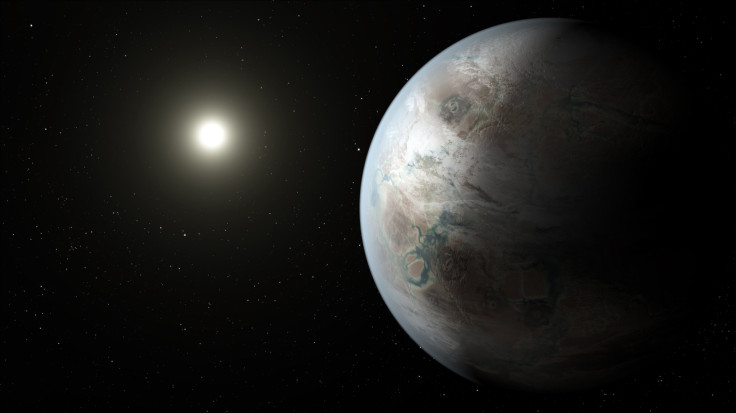
It was exciting when this planet was discovered a couple of years ago, because Kepler-452b is close to Earth’s size and lives in the habitable zone of a star that is similar to our very own sun. Scientists have estimated that it is only about 60 percent larger than Earth, might have a rocky composition, and has a year that is 385 days long. Kepler-452b resides in the constellation Cygnus, about 1,400 light-years from our solar system. Research suggests it is about 6 billion years old.
Kepler-22b
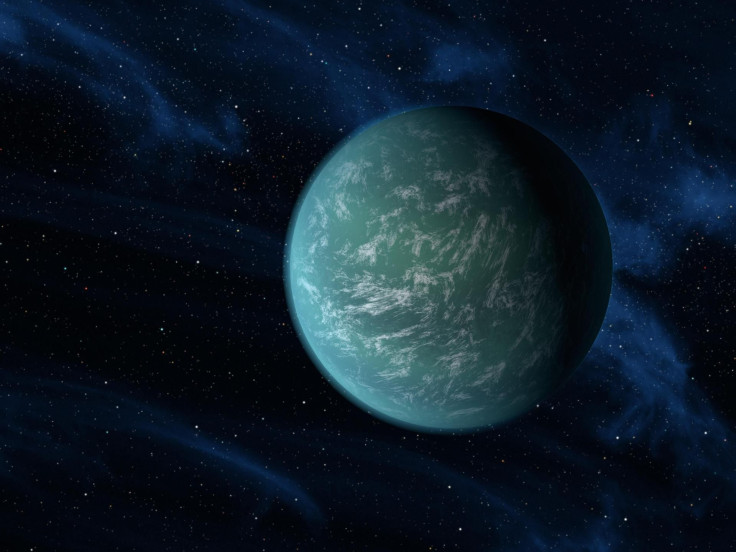
You never forget your first, so Kepler-22b had to be on this list. It was the first planet the Kepler space telescope found for NASA that appears to be in its star’s habitable zone, that magical distance from the star where there’s just the right amount of heat to support liquid water. In addition to being temperate, the exoplanet has an orbital period similar to Earth’s. The cons? Well, it’s 600 light-years away — way out of our grasp.
Kepler-186f
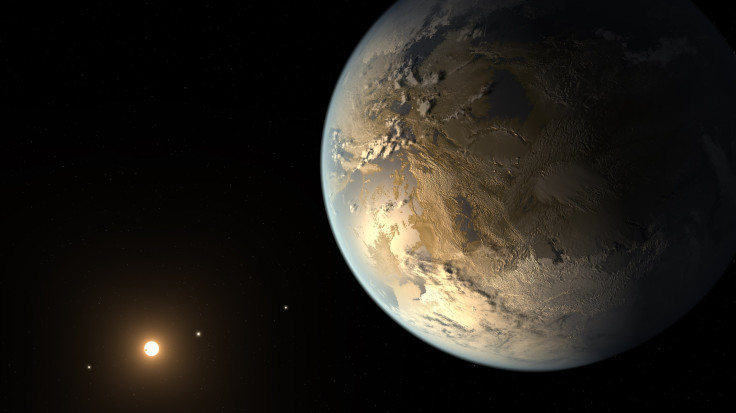
Another first for the exoplanet hunter was the rocky planet Kepler-186f, which is also in its star’s habitable zone and has a size comparable to that of Earth. Other potentially habitable planets before it were much larger. This exoplanet orbits a red dwarf star about 500 light-years away, completing a revolution every 130 days.
Kepler-16b
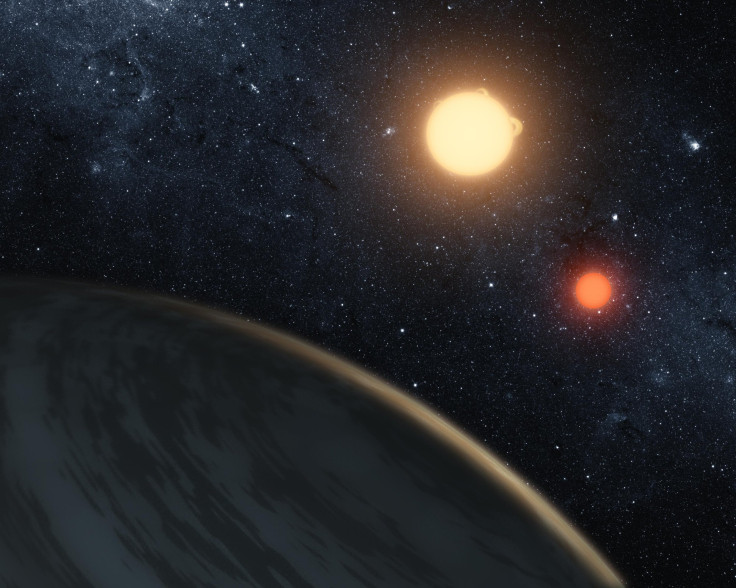
Scientists nicknamed this planet Tatooine, after the location in the Star Wars universe, because it has two suns — Kepler-16b orbits a pair of stars called a binary that revolve around the same point in space. It was the first of this kind of world to be found, known as a circumbinary planet.
Kepler-20e and Kepler-20f

The exoplanets Kepler-20e and Kepler-20f are important because even though they are scorching hot, they were the first close to the size of Earth ever found. NASA announced their discoveries in 2011, saying they were the smallest ever spotted that orbited a star comparable to the sun. They live in the constellation Lyra, about 1,000 light-years away.
Kepler-62e and Kepler-62f

This pair of stars is also in Lyra, although about 200 light-years farther from Earth. They are both in the habitable zone of their star, which is smaller and cooler than our sun. Kepler-62e is the closer in of the two, with an orbit of 122 days, while Kepler-62f has an orbital period of 267 days. The closer planet is about two-thirds larger than Earth while the farther one is only about 40 percent bigger.
Kepler-69c
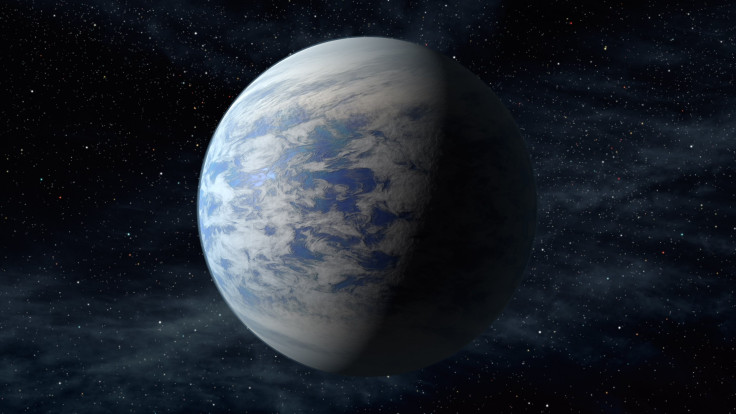
The planet Kepler-69c has been referred to as a “super-Venus” because it orbits its star in about 242 days, which is slightly longer than that of Venus. Although it is about 70 percent bigger than Earth, it was the smallest exoplanet found in a sun-like star’s habitable zone at the time it was discovered in 2013, at roughly the same time as the planets in the Kepler-62 system.
What’s next?
NASA is set to announce a huge breakthrough that Kepler space telescope made recently with the help of artificial intelligence. The telescope’s work has been combined with machine learning algorithms designed by Google. NASA is making its announcement on Thursday, Dec. 14, at 1 p.m. EST.
© Copyright IBTimes 2024. All rights reserved.





















